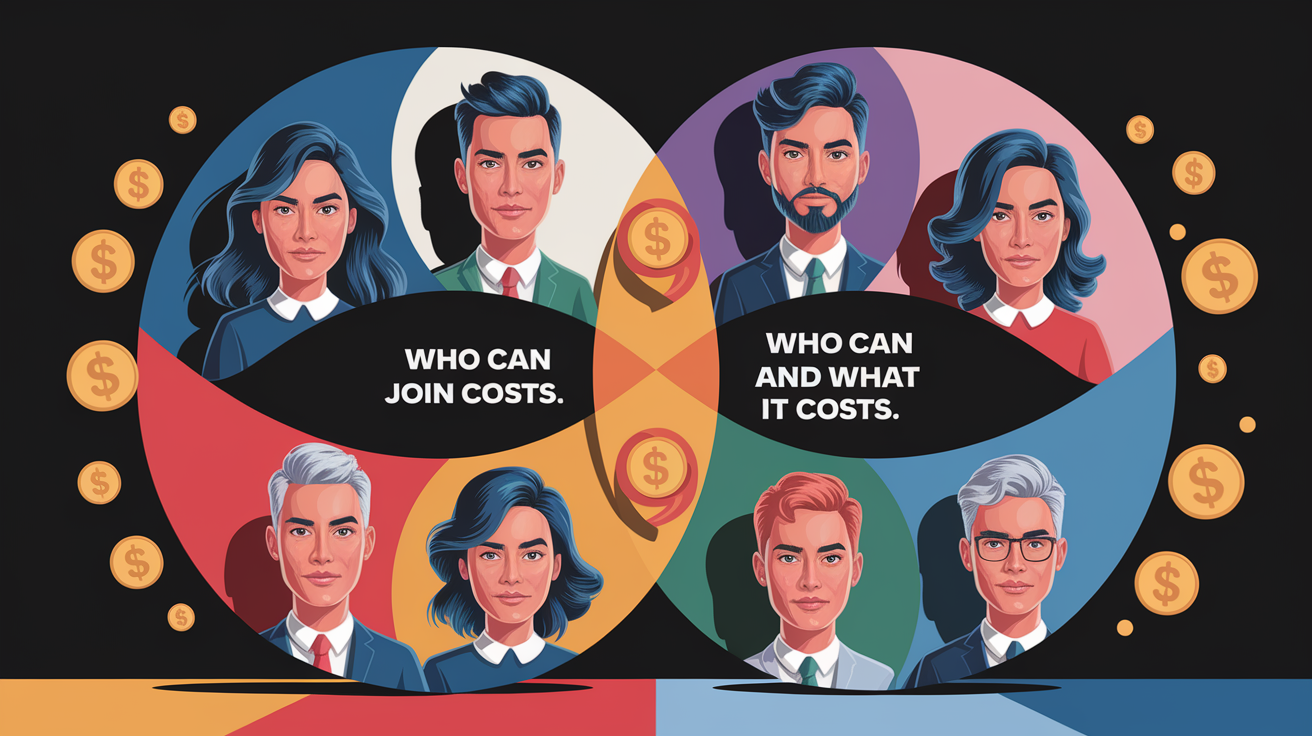Community Solar Programs Explained: Your Guide to Shared Solar Energy
Sunny Side Up: Instant Clarity on Community Solar
Community solar—also referred to as shared solar or a solar garden—offers a way to enjoy the financial and environmental benefits of solar energy without installing panels on your roof. Participants buy or lease a share in an off-site photovoltaic (PV) system, often called a solar farm, and the electricity generated from their share is credited directly to their utility bill.

This model is transforming solar energy access. It breaks down physical, financial, and ownership barriers, enabling renters, homeowners with unsuitable rooftops, and businesses to participate in solar without upfront installation costs. With clear benefits, straightforward enrollment, and increasing state-level support, community solar is poised to be a cornerstone of clean energy adoption.
How Community Solar Works
At its core, community solar is a group solar project designed for shared participation. Solar developers—either private companies or partnerships with local governments—build, own, and maintain off-site solar arrays. These generate electricity and feed it into the local grid. Participants then receive bill credits for the power produced by their portion through mechanisms like virtual net metering.

There are two primary program models:
- Subscription Model: Participants pay for the electricity generated by their share without owning the panels. They typically enjoy an immediate reduction in their electricity bills.
- Ownership Model: Participants purchase a portion of the solar array. This gives them a direct stake in the system and earns them renewable energy credits along with bill savings.
State clean energy legislation regulates the specifics of these programs, so terms like subscription rates, length of contract, and minimum participation size can vary significantly by location.
Who Benefits? Key Advantages
Community solar offers both environmental and economic gains while advancing equitable access to clean energy:

- Inclusive Access: Ideal for renters, homes with shaded roofs, or properties that cannot host solar panels.
- Cost Savings: According to EnergySage, subscribers often see 5–15% savings on electricity costs compared to standard utility rates.
- Sustainability Impact: Supporting local solar generation reduces carbon emissions and reliance on fossil fuels.
- Low Upfront Costs: Most subscription-based programs require no installation or equipment investment.
- Local Economic Boost: Solar farms create jobs and keep energy dollars within the community.
These benefits make community solar attractive for households seeking affordable solar options and for municipalities aiming to expand renewable energy adoption.
Who Can Join and What It Costs
Eligibility depends on your location and the specific program’s rules. Many states with enabling legislation welcome residential, commercial, and non-profit participants. Some programs target low- and moderate-income households specifically, reserving a set percentage of capacity for these groups as highlighted by the National Caucus of Environmental Legislators.

Typical Requirements:
- Reside within the same utility service territory as the solar farm.
- Meet any income-based criteria for special program tiers.
- Commit to a subscription or ownership term, often ranging from 1–20 years.
Costs: Subscription rates are usually set per kilowatt-hour (kWh) generated by your share. Many programs structure pricing so subscribers pay less than the standard utility rate, ensuring net savings. Ownership models require upfront costs for purchasing a fraction of the array, but offer long-term returns and greater control over your solar participation.
How to Enroll in a Community Solar Program
Joining a community solar program is a straightforward process:
- Locate Available Projects: Search for local solar initiatives through your utility company, state clean energy office, or third-party solar providers.
- Compare Program Models: Decide between subscription and ownership based on your budget and long-term goals.
- Review Contract Details: Understand credit calculations, pricing, term length, and any early termination clauses.
- Sign Up: Provide your utility account information so the provider can allocate your share and apply bill credits accordingly.
- Start Saving: Once enrolled, your allocated portion begins producing clean energy, and credits appear on your electricity bill.
For many participants, the first bill after enrollment clearly shows the drop in utility charges thanks to their solar share.
Rays of the Future: Your Community Solar Next Steps
Community solar programs are expanding rapidly. NREL research shows roughly 42% of U.S. households and 44% of businesses lack rooftop solar viability, making them prime candidates for off-site solar solutions. By leveraging innovations in financing, flexible subscription terms, and expanded policy support, this model is set to become a dominant force in the distributed solar generation market.
Actionable steps for moving forward include:
- Research availability in your state and service territory.
- Assess your energy usage and potential savings with a community solar savings calculator.
- Engage with local policymakers to advocate for stronger community renewable energy legislation.
- Explore programs prioritizing low-income access if cost is a concern.
Whether you’re a homeowner, renter, small business owner, or community leader, enrolling in a community solar farm taps into an accessible, scalable path to sustainability. By acting now, you position yourself and your community to harness cleaner, greener, and more affordable energy for decades to come.







